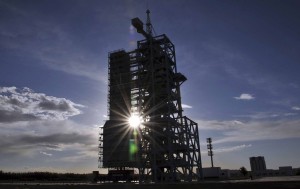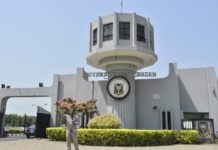The rapidly accelerating space programme of the People’s Republic of China (PRC) takes another giant leap this week as it launches a 15-day manned space mission.
The Long March 2F spacecraft “Shenzhou-10” (meaning “divine vessel”) blasted-off from Jiuquan base, Inner Mongolia, on 11 June. The three astronauts on board – commander Nie Haisheng, Zhang Xiaoguang and Wang Yaping – will spend two weeks on Tiangong-1, China’s orbiting space lab.
The mission is part of a larger Chinese project to build its own permanently-manned space station above the Earth.
Speaking to state media, PRC President Xi Jingping, who officially assumed power in March, praised the astronauts as “the pride of the Chinese people”, and declared the mission “both glorious and sacred”. The launch, which Xi attended with numerous other public officials, was highly publicised and rich in state-sponsored outpourings of national sentiment.
Not everyone, however, is so impressed. Chinese critics have been making known their views on Weibo, the country’s equivalent to the microblogging site Twitter.
“Why don’t they spend this money solving China’s real problems instead of wasting it like this?” asked one.
Nor is the mission cutting-edge in global terms. China’s space programme, which only sent its first astronaut into space in 2003, has progressed incredibly quickly, but still lags behind the US and Russia in technology and experience. The docking techniques “Shenzhou-10” is currently testing were first used by America and the former USSR decades ago.
Nonetheless, it is a far cry from the PRC’s early days: in the 1960s Mao Zedong lamented that “China could not launch a potato into space”. Beijing now hopes to have its first fully-fledged space station in orbit by 2020.










